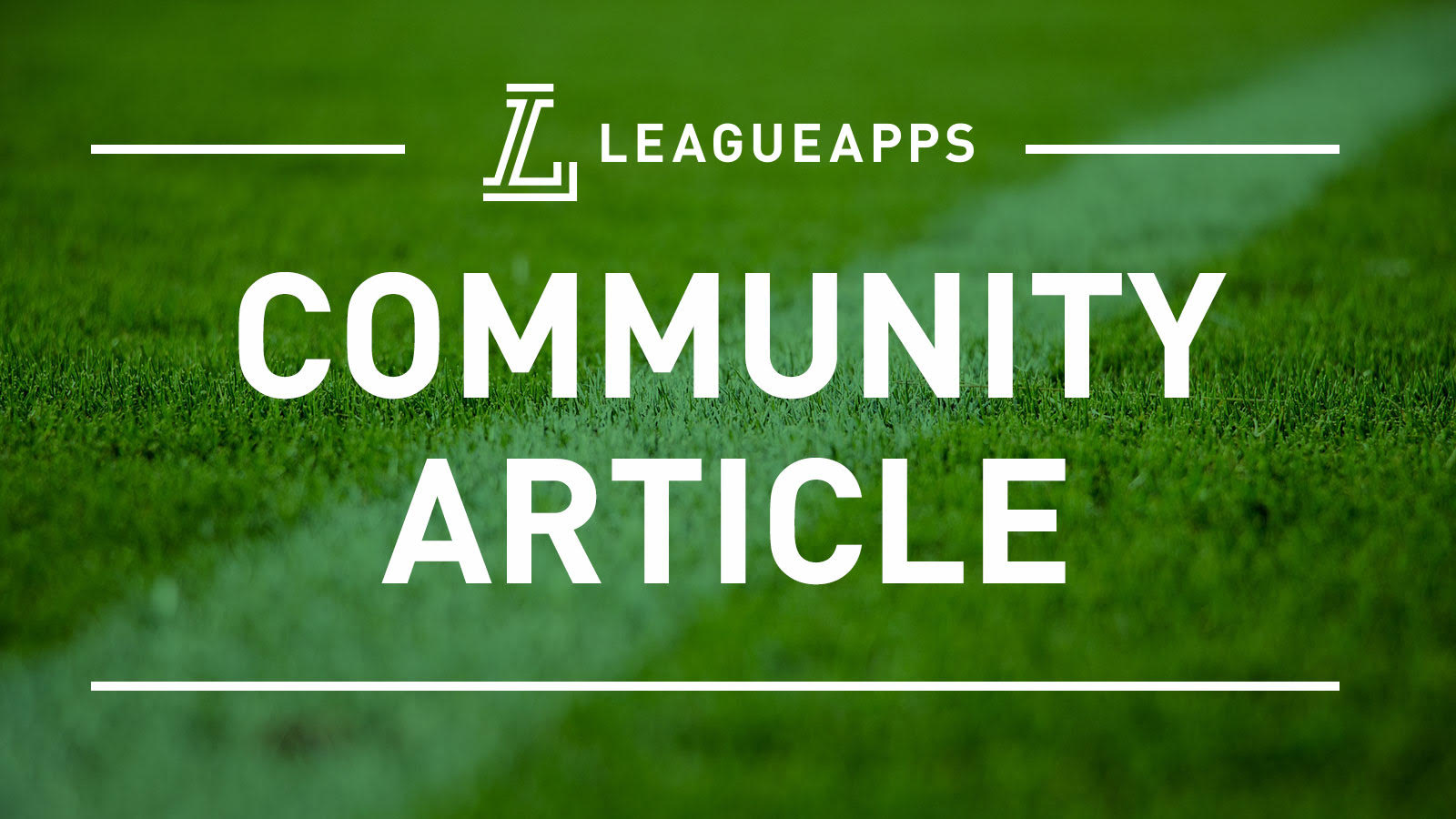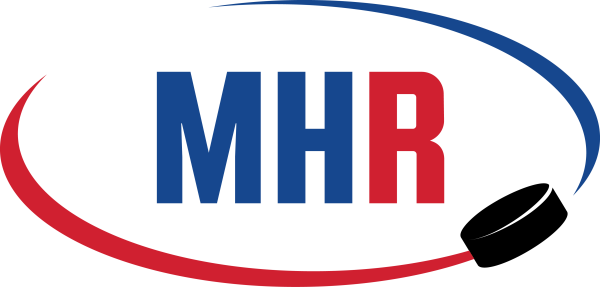
How To Communicate Fees To Your Parents
The following article is brought to you by and it original version can be found on LeagueApps - Make Sports Happen!
The beginning of the school year may be exciting for youth athletes, but for their parents sitting down to write checks for next year’s youth sports leagues, it can be less than thrilling. In fact, many of those parents may be wondering where all the money goes, especially when asked to donate to fundraisers or to buy spirit wear or other apparel. While one single approach to discussing fees and accessing potential donors won’t tackle all the troubles with fees, there are a few commonalities to doing it right. These examples can help league leaders decide how best to talk about fees.
For folks running leagues with multiple programs, tackling fees may be the toughest. How much information? What words to avoid? The approach that the Morris West Soccer League used may work for many leagues. By accessing lots of data and details broken down into easy chunks of information, parents can zoom in on their specific concerns.

In contrast, the Alexandria Soccer Association (“ASA”) has the same amount of information, but begins its discussion by level setting expectations for participants. Their webpage titled “Where does all the money go?” starts off by noting that it is committed to being the “gold standard.” It continues on to detail each expense, and critically includes financial assistance. ASA’s frank discussion about the need for assistance is a great call to action for parents and potential sponsors. “Last year Alexandria Soccer distributed over $250,000 in scholarship to more than 1,500 kids. This accounts for more than 30% of our participants.”
The same transparency that ASA uses can be used on other line items too. For example, youth sports leagues often struggle to get parents and sponsorship partners to understand the costs of running the league. Those costs include the cost of renting the fields. In one example, a city league was charged for the utilities and lighting costs, as well as field maintenance. By making that into a news story, the league highlighted its need for donations and sponsorships. The news story also helped educate parents about the costs of running the program. In another, playing field costs were cut in half for one youth league, so that fees could be decreased and tournaments could be lured to the area.
In addition to playing field costs, many potential sponsors fail to understand hidden costs, including insurance. The North Shore Little League addressed that issue head on with a flyer sent home to all families. The flyer addressed the benefits of the insurance program for each player, and in doing so, showed parents the costs of running the program. Some groups make it easier for parents to understand the value of summer programs by highlighting the days per program, like AYS did below.
Costs and benefits are also easier to understand when presented in graphics, instead of lots of text. Some leagues use a technique common in nonprofits of presenting the impact of donations in a “by the numbers” infographic. For example, nonprofit Goodwill of Fort Worth lets the numbers do the talking in its infographic.
Similarly, sports leagues can do the same with their numbers, like this example from Irish Sports League.
Another option for making the discussion about fees easier for parents is to use payment plans. LeagueApps has flexible options for almost every possible permutation of fees. While some leagues use a separate form for payment plans, different from registration forms, the better system is to include this in your online payment processing area. Even better, add a “sponsor a player” button to allow parents to donate along with their own registration. Some youth sports allow older players who work as officials and refs to funnel that money back into their own registration fees. In that way, the players can offset their registration fees.
The best way to talk about fees, profits and the need for sponsors is to look to those who see the benefit of your sports league first hand. Make sure you have an alumni feature on your database, like LeagueApps has, so that you can access Alumni as they mature for annual appeals, but also keep track of where they work. They are your strongest advocates. Parents of your players are also a great source of potential donations, but knowing who their employer is can also help you target potential matching donations. Many larger companies will match their employee’s donations to certain charities. Without knowing who works where, you could be missing free money! Knowing where parents work is also great as a method to get a foot in the door to asking for corporate sponsorships. Imagine approaching a local business with a request for sponsorship knowing that 50 of their employees have children in your programs. Your pitch for their sponsorship is that much stronger having that data.

